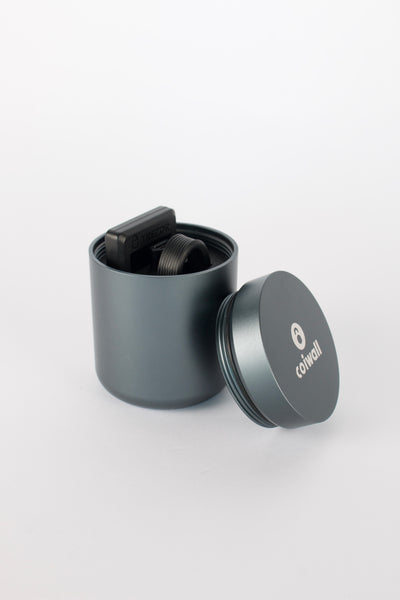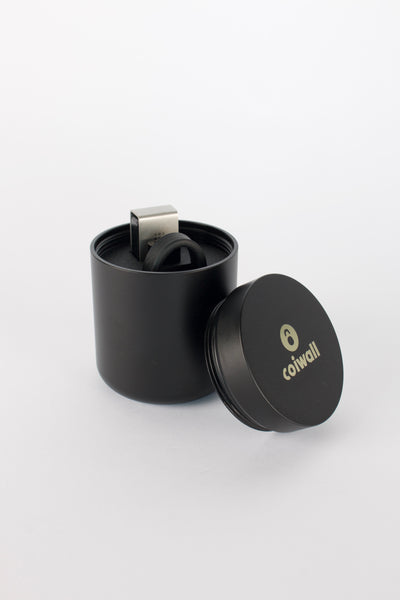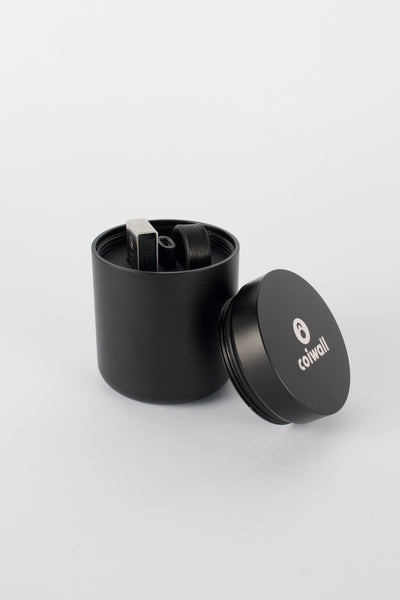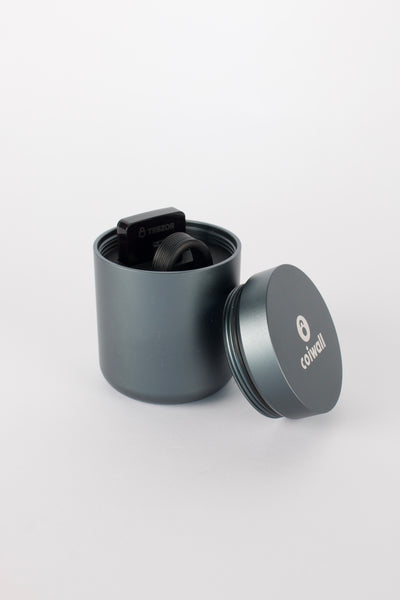So, you’ve probably heard a friend toss around the word “gas” when talking about Ethereum. Maybe you nodded sagely, pretending to know exactly what they meant. Don’t worry—you’re hardly alone. ”Gas” trips up newcomers and seasoned crypto adventurers alike. But here’s the thing: understanding gas is a lot like realizing how tolls work on a busy highway. Anyone can drive, but every trip costs a bit, and the price tag? It might surprise you.
Wait, Gas? Is My Crypto Car Running on Petrol?
You’d think “gas” would mean something you can smell at a garage, but in Ethereum, gas is all about computational work. It’s not literal fuel. Instead, gas measures the amount of computing power required to process a transaction or execute a smart contract. Think of Ethereum as one massive global computer; every action, from sending ETH to minting NFTs, asks the network to do a little work. Gas is how you pay for that work.
Imagine turning on your oven at home. It heats up, uses energy, and your bill creeps up. The Ethereum network’s the same: the bigger or more complex your request, the higher your gas bill. Sometimes, you’ll hear talk of “gas prices” spiking—especially when everyone’s trying to use the network at once. It can feel a little like London traffic during rush hour or, honestly, any coffee shop Wi-Fi connection during finals week.
Why Do We Even Need Gas Fees?
Picture a world with no price on gasoline. Anyone could keep the pump running, draining resources endlessly. Ethereum’s gas system puts a check on that. By making every transaction cost something, the network discourages spam and ensures validators—those folks running the network—get rewarded for their hard work. It’s not just about the money, either. Gas keeps the system fair, efficient, and, crucially, secure.
Gas fees also affect how quickly your transaction gets processed. The higher the fee you’re willing to pay, the faster miners (now validators since Ethereum’s merge to Proof of Stake) will pick up your transaction. It’s like tipping your barista to make sure your cappuccino comes out piping hot before everyone else’s. Didn’t tip? Get ready to wait.
Gas Limits, Gas Prices … Feeling Dizzy Yet?
Let’s pause for a second. You’ll see terms like “gas limit” and “gas price” on every wallet interface—whether it’s MetaMask, Trezor, or Ledger.
- Gas Limit: This is the maximum amount of computational effort you’re willing to spend on a transaction. Kind of like telling your taxi driver, “Don’t go past the city limits, no matter what.” If your transaction runs out of gas, it fails. But miners still keep the gas (yep, even for broken transactions!).
- Gas Price: The amount of Ether you’re willing to tip for each unit of gas. Users can set a higher gas price if they're in a hurry, or go cheap and hope the rush dies down.
Real talk: Hardware wallets like Trezor and Ledger have simplified this for most users. In many cases, they’ll crunch the numbers for you, suggesting a “fair” fee. But if you want to geek out, you can always set these manually. Sometimes, that little tweak can save you a pretty penny—or help you leapfrog your transaction to the front of the queue.
So, What’s the Deal with High Gas Fees?
Remember when concert tickets used to be cheap? Then one day, you blink, and even the nosebleeds are out of range. Ethereum gas fees can feel like that: one moment, sending a few ETH costs pennies; next, the whole network is jammed, and you can’t move your coins without dropping serious cash.
This happens because Ethereum, like most things in life, is ruled by supply and demand. When everyone’s minting NFTs, trading tokens, or playing blockchain games, demand for network space skyrockets. Validators can only do so much at once, so they naturally prioritize the best -- meaning highest-paying -- offers.
Lately, with the explosion of DeFi and Web3 dApps, gas spikes have become a hot topic. Sure, Ethereum’s rolling out upgrades like sharding to help—but while those changes simmer in the background, folks are watching gas charts like weather reports. Wondering when it’s safe to transfer funds? If you’re using a Ledger or Trezor, some wallets even predict the ‘rush hour’ for you, which honestly feels like checking your commute on Waze.
Are There Any Tricks to Pay Less Gas?
Absolutely, and people have gotten clever! Here’s a quick cheat sheet:
- Time your transactions: Late at night, especially on weekends, the network usually chills out. Less traffic, lower gas.
- Batch your operations: Some apps let you lump transactions together—think of it as carpooling instead of driving solo.
- Consider Layer 2s: Platforms like Optimism or Arbitrum process transactions off the main network, then settle up later for teeny-tiny fees. It’s the community’s answer to the big-city jam.
- Experiment with wallets: Both Trezor and Ledger’s official apps, and others like MetaMask, often show live gas fees and let you pick a slow, average, or fast option. Trying a slower transaction can save you a lot—if you’re willing to wait.
But Why Does This Matter for You?
If you own ETH, NFTs, or even dabble in crypto games, gas is your recurring reality. But it’s not just about moving funds. Those of us using hardware wallets like Trezor or Ledger should pay special attention; high gas fees can accidentally lock your funds if you run out of ETH for transaction costs. There’s nothing like that sinking feeling—wallet full of NFTs, but stuck on the platform because you can’t scrape together enough change for the fare.
For everyday folks, gas can feel like an annoyance. But dig a little deeper, and it’s a clever safety net and an economic control mechanism. It’s what keeps Ethereum from getting flooded with nonsense, allowing the ecosystem to grow (and your favorite dApps to keep running smooth).
Looking Ahead—Is There Hope for Relieving Gas Pains?
The crypto scene never stands still. There’s buzz about scaling solutions and Ethereum upgrades aiming to make gas fees less painful. Developers are racing to roll out smarter protocols, and alternatives to Ethereum—like Solana or Avalanche—are tempting with their low fees and speedy transactions. Yet, Ethereum still reigns as the ‘original’ smart contract playground, and its community is as persistent as ever.
In the meantime, every user—whether you’re backing up your private keys in a Trezor or managing your digital life with a Ledger Nano—will want to keep an eye on those gas meters. Don’t let fees catch you off guard, but don’t overthink them either. Like checking the weather before stepping out, a quick look at gas prices goes a long way. Who knows, maybe soon, paying outrageous gas might be as outdated as floppy disks. Wouldn’t that be something?
So next time someone casually mentions “gas” over coffee, toss in a knowing smile. You’ve just joined the club—and now, you know exactly what’s driving the engine behind that next Ethereum transaction.











